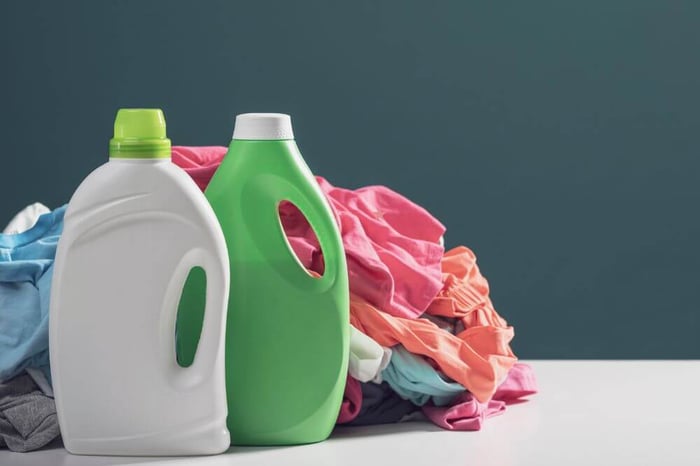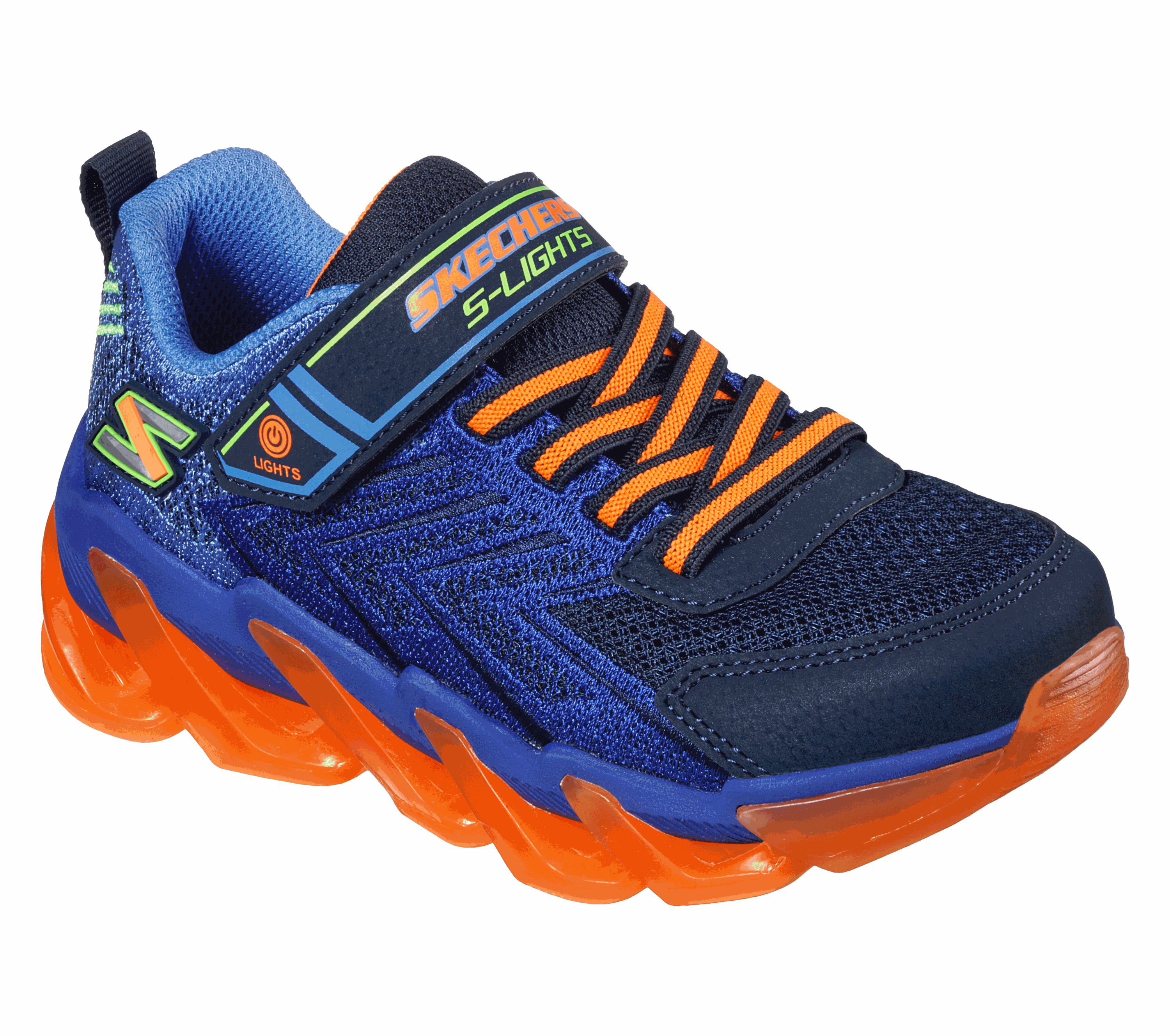Can You Swaddle a Baby Too Tight
Have you been in a situation where you swaddle your baby, and as soon as you’re done with it, you feel like it’s too tight? And when you lose it a little, it seems like it’s not fulfilling the purpose. Well, I’ve been there too!
Swaddling is important for the comfort of your baby. But doing it right is a HUGE task. It shouldn’t be too tight and not too loose. So, seeking a perfect balance is KEY.
This blog will answer questions like “Can you swaddle a baby too tight?” and other precautionary measures. Let’s get into the topic.
Benefits of Swaddling
For both parents and their newborns, swaddling offers several advantages. Here are a few of the principal benefits:
1. Better quality sleep
Swaddled babies have fewer abrupt awakenings because of the decreased startle reflex. Babies can sleep more soundly when their arms are swaddled close to one another to prevent abrupt movements from disturbing their slumber.
2. Cuts down on wailing
Many parents discover that swaddling their crying infant will calm them. Your infant will feel secure and comfortable when swaddled since it replicates the sensation of being in the womb. This lessens the baby's wailing and calms them down.
3. Improved thermoregulation
It's difficult for newborns to control their body temperature. Swaddling keeps babies warm without the need for loose blankets, which presents a choking risk. Swaddling keeps babies warm and comfy all the time.

4. Encourages sleeping on one's back
To lower the risk of Sudden Infant Death Syndrome (SIDS), the American Academy of Paediatrics advises placing newborns to sleep on their backs. Swaddling prevents newborns from rolling onto their stomachs, promoting a safe sleeping position.
5. Supports breastfeeding
Some mothers have found that swaddling helps with breastfeeding by keeping babies quiet and attentive. More easily soothed newborns suckle and feed more efficiently, facilitating a more seamless nursing experience for mother and child.
6. Strengthen the bond
Bonding is also strengthened by swaddling. Intimate physical touch, such as holding and swaddling, helps to build the emotional tie between a parent and their newborn.
Learn how to make babies sleep without swaddle.
Tight Swaddle: Why It’s Important?
As soon as you give birth to a baby until the little munchkin becomes three months old, the period is called the “fourth trimester.” The primary purpose of swaddling is to mimic the peace and calm that babies used to live in the previous nine months. Besides this, swaddling provides a transition from that world to this world.
The snug, enveloped feeling gives the baby a sense of warmth, security, and safety. Baby feels safe when the swaddle is wrapped tightly. In other words, it's just right—not too tight or loose.
Moreover, swaddling keeps the arms and feet continuously moving, called the Moro reflex, calm. This reflex can cause the infant to startle and disrupt her sleep. Thus, everything will be perfect when the swaddle is performed appropriately.
Can a Swaddle be Too Tight?
There are several concerns associated with firmly swaddling your baby.
Limit breathing: A baby's respiration will be restricted, and their lungs may find it difficult to expand if the swaddling is overly tight.
Limit the movement: Swaddling your infant too tightly can restrict their natural movement, which is crucial for their growth.
Hip dysplasia risk: Tightly binding and straightening a baby's legs increases the likelihood of hip dysplasia. For optimal development, the hips must be able to move freely. Experts advise securely wrapping newborns while allowing ample space for the hips to shift naturally and the chest to expand. Babies can be swaddled safely and pleasantly thanks to this balance.
How do you know if the swaddle is too tight?
Make sure you understand the following signs and symptoms to ensure that your baby is not too tight in the swaddle:
Breathing problems
If you notice any unusual breathing pattern, lose the swaddle a bit because disruption in breathing is a sign of excessive tightening. Keep an eye on symptoms like:
- Discomfort
- Grunting
- Shortness of breath
The baby's chest should be able to rise and fall naturally within the swaddle's cloth.
Limited movement
Babies must be able to move their legs and hips for proper growth. The swaddle is too tight if your baby's legs are cuffed and immobile. It should be possible for the hips to move and bend freely.
Skin irritation
Redness or skin irritation may result from swaddling too tightly. The swaddle may be overly tight if parents see any marks or redness on their baby's skin, particularly around the edges. The swaddle's cloth should be snug but not so snug as to leave stains.
Inability to wiggle fingers and toes
Your baby should be able to move their fingers and toes, even if their arms and legs are still rigid. The swaddle can be too tight if these parts are immobile. If you watch your baby's little movements, you can ensure the swaddle isn't overly tight.
Crying
Your infant may be in discomfort if they wail or become very irritated. Although there are numerous reasons why your baby can cry, wrapping them up too tightly is one of them. To ensure your baby is more comfortable and silent, ensure the swaddle is not too tight.
How to keep a swaddle tight?
Parents feel like swaddling is a fantastic way to calm their babies. However, knowing how to swaddle a baby properly is crucial because it might hurt the baby if not done correctly. The swaddle shouldn't be too tight or loose. A hip joint that is too loose could suffocate, while a hip joint that is too tight could prevent the hip joints from developing naturally.
The International Hip Dysplasia Institute offers the following guidelines for safely swaddling your child:
- If you use a square cloth, make a straight edge by folding back one corner.
- With the top of the cloth at shoulder height, place the baby on it.
- The baby's shoulders will be positioned at the top of the long side if a rectangular cloth is used.
- Lower your left arm. Cover the arm and chest with the cloth. Tuck the baby's right side beneath.
- Lower your right arm and cover the infant's arm and chest with the cloth.
- Tuck the cloth beneath the infant's left side. The baby's weight will keep the cloth securely in place.
- Ensure that both of the baby's legs are turned outward by twisting or folding the lower end of the cloth before tucking it behind them.
Ensure that the swaddle is snug but not oppressive. Enough space should be left for the hips to move normally and for the baby's chest to rise and fall. Putting two fingers between the baby's chest and the wrap allows parents to assess comfort.
Make sure your baby is breathing properly and is comfortable by carefully checking on them.
According to the American Academy of Paediatrics standards, swaddled babies should always sleep on their backs since this lowers the incidence of SIDS (Sudden Infant Death Syndrome).
Is a wrap that is too loose dangerous?
An adequately swaddled baby should feel snug and tight, with no excess fabric, but not so tight that putting your fingers between the baby's chest and the swaddle is uncomfortable. The excess cloth in a swaddle that seems too loose can be a suffocation hazard.
Remember that to promote the safest sleep possible for your child, the American Academy of Paediatrics (AAP) advises against leaving loose items in their cot, including blankets, pillows, and toys.
Wrap Up
Here, we end up answering, “Can we swaddle a baby too tight?” Swaddling is important as it provides the comfort and peace that your baby has been experiencing in the womb. It helps the baby keep calm and snug comfortably.
However, a tight swaddle might suffocate the baby or cause skin irritation. So, maintain a balance to keep your baby comfortable. Make sure you check if the swaddle is too tight and keep your baby at peace.
Happy parenting!
FAQs
Can you swaddle a baby too hard?
Newborns do not have fully developed lungs. Therefore, a swaddle wrapped too tightly might cause shortness of breath which might lead to SIDS. Therefore, maintain a balance where your baby feels comfortable and sleeps easily.
Is the swaddle up supposed to be tight?
The basic purpose of swaddle is to provide the warmth and comfort that a newborn has been experiencing in the womb. You must keep the swaddle firm, but not too tight. Maintain a balance so the baby can move the hips, chest, and joints easily.
How do I know if my baby is swaddled too tightly?
To know if the baby is swaddled too tightly, check for physical symptoms like their temperature, perspiration, and breathing. You can also verify if the swaddle is too tight by putting on two fingers between wrap and baby’s chest. If you can manage this, it’s not too tight.
What are the disadvantages of swaddling a baby?
Childcrae facilities often forbid to use swaddles as it increases the risks of:
Hip dysplasia
Hyperthermia
SIDS
Asphyxia








































